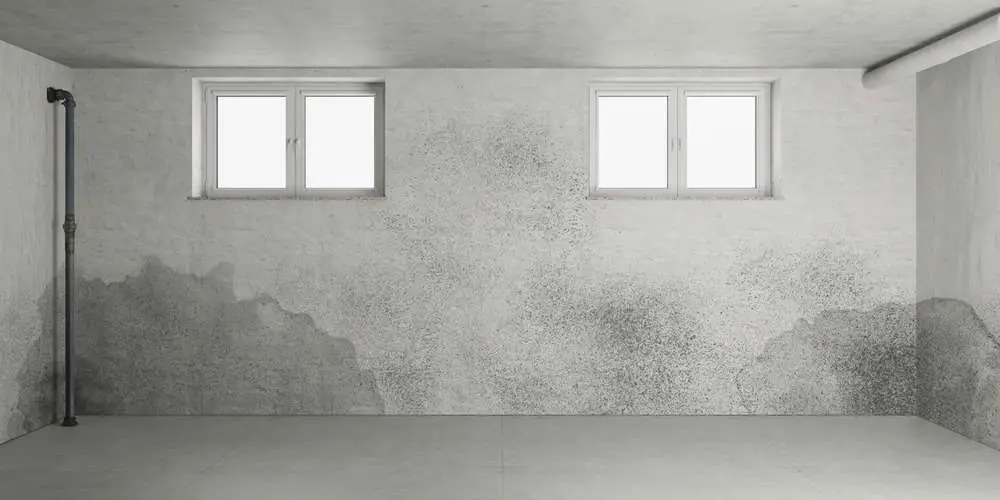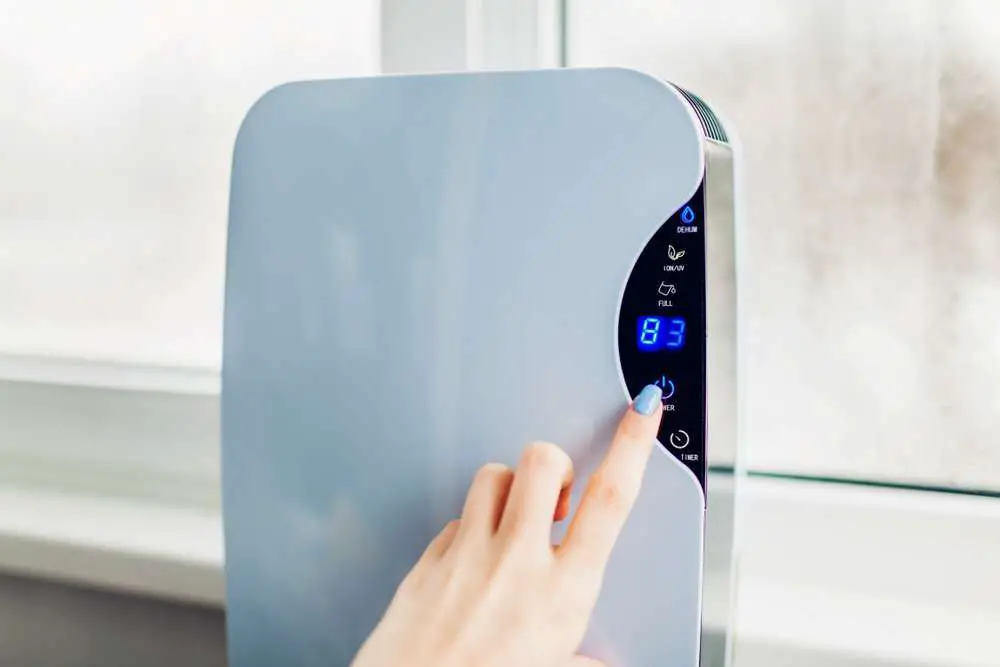- You are here:
- Home »
- Blog »
- Dehumidifiers »
- How to Dehumidify a Cold Room Using a Dehumidifier
How to Dehumidify a Cold Room Using a Dehumidifier

Do you have a basement or crawl space with high levels of humidity? Cold weather brings with it dryness to the air. Yet, you find high humidity levels in some cold rooms, confusing homeowners. Don’t worry though, you are not alone. Hundreds of homeowners wonder how they can dehumidify a cold room? We have the answer.
To dehumidify a cold room, you need to use a dehumidifier designed for a crawl space or basement. Not all units work in cold temperatures. In refrigerant dehumidifiers, the evaporator coils will freeze when temperatures drop below 65° Fahrenheit (18° Celsius). The unit stops collecting moisture from the air once this happens. So, get a dehumidifier suitable for cold rooms.
We look at ways you can dehumidify a cold room and the dehumidifiers that can help you do that.
Table of contents
Why is humidity high in cold rooms?
Cold rooms, such as crawl spaces and basements, generally have a cold, dry environment. So, you expect lower humidity in such rooms.
But, that is not always the case.
The relative humidity (RH) in colder temperatures is high. RH is the amount of moisture present in the air to its saturation point. This is because it takes less moisture for cold air to become saturated. In simple terms, cold air becomes humid quicker than warmer air. But, warm air can carry more moisture than cold.
Most cold spaces are also closed off. There is limited ventilation in such rooms, so they trap moisture making it available to the air.
How to pick a dehumidifier to dehumidify a cold room?
There are certain factors to consider when picking a dehumidifier for a cold room.
These are:
Capacity
Most manufacturers rave about the total coverage area of their units. Don’t fall for it. The dehumidifying capacity of a device is lower in colder temperatures. Manufacturers conduct tests in temperatures above 80° Fahrenheit (26° Celsius). So, the coverage area in colder temperatures will not be the same.
In colder temperatures, dehumidifiers work at 50-75 percent capacity. For example, a 30-pint (14.2 liters) unit is ideal for a 500 sq. ft. (46.45 square meters) basement with up to 80% humidity in warmer conditions. But, in colder conditions, you would need a 40-pint (18.93 liters) unit to get the job done. So, keep the capacity in mind and consider getting a bigger unit for a cold room.
Type of dehumidifier
Dehumidifiers that rely on coil and coolant don’t work well in cold temperatures. The unit will function as the fan draws air from the room. But, the condensation process will not occur in the coils. The coils and coolant bring the air temperature down to the dew point. They turn the moisture into liquid. The coil and coolant freeze in the cold. So, neither can carry out the condensation process.
Instead, look at desiccant dehumidifiers. Desiccant units rely on a wheel with moisture-absorbing elements to remove moisture from the air. As air passes through, the wheel spins, absorbing moisture. The wheel functions the same at a temperature of 10° Fahrenheit (-12° C) as it would at 65° Fahrenheit (18° Celsius).
Tips for using a dehumidifier in a cold room

A desiccant dehumidifier will remove moisture from the air even in low temperatures.
Be cautious when using a dehumidifier in a cold room. The colder temperature makes it harder for the device to achieve optimal performance.
The following tips will help you achieve that:
- Set the dehumidifier to perform: The humidity setting should be between 30 and 50 percent. That is the recommended levels to prevent fungus growth.
- Position the device away from walls and furniture: The unit should be in a position where air can freely flow in and out of it. So, keep it away from walls and any furniture.
- Empty the tray often: Check the tray at least once a day and empty it once it’s full. The unit will automatically stop dehumidifying the room once the water tray is full.
- Clean the device regularly: You should clean the filter, grilles, and water tray thoroughly once every two months. This will ensure the dehumidifier continues to function well and extend its life.
Why is there a need for a dehumidifier in the basement in the winter?
Basements and crawl spaces are always at risk of mold growth. They are damp and poorly ventilated: making them an ideal breeding ground for mildew and mold.
A dehumidifier will help remove moisture from the room. It makes it difficult for any type of fungus to grow and thrive in the area. In the winter, the relative humidity rises due to the lower saturation point of cold air. So, even though you may not feel the dampness in the air, enough moisture is present for fungus growth. The best way to prevent that is with a dehumidifier.
When should you get a dehumidifier for a cold room?
Anytime you notice that the humidity is too high in the room, you need a dehumidifier. The ideal humidity level in a room is between 30 to 50 percent. So, that mildew and mold do not grow.
You should monitor the humidity level throughout your home using a hygrometer. Use a dehumidifier in rooms where the humidity level is higher than 50 percent.
Final thoughts
Humidity is a problem that most homeowners face throughout the year. As the temperature drops, the air does get dry. But, the relative humidity is still typically high. Which can potentially lead to mold growth in cold rooms. Our tips on how to dehumidify a cold room should help you prevent fungus growth and keep humidity at the recommended level. So, it is not harmful to you or your home.
About the Author Belal
Belal Rizvi enjoys writing about home improvement and do-it-yourself projects. He is an avid learner of the mold removal and dehumidifiers industry and provides insightful information about it to the readers.
